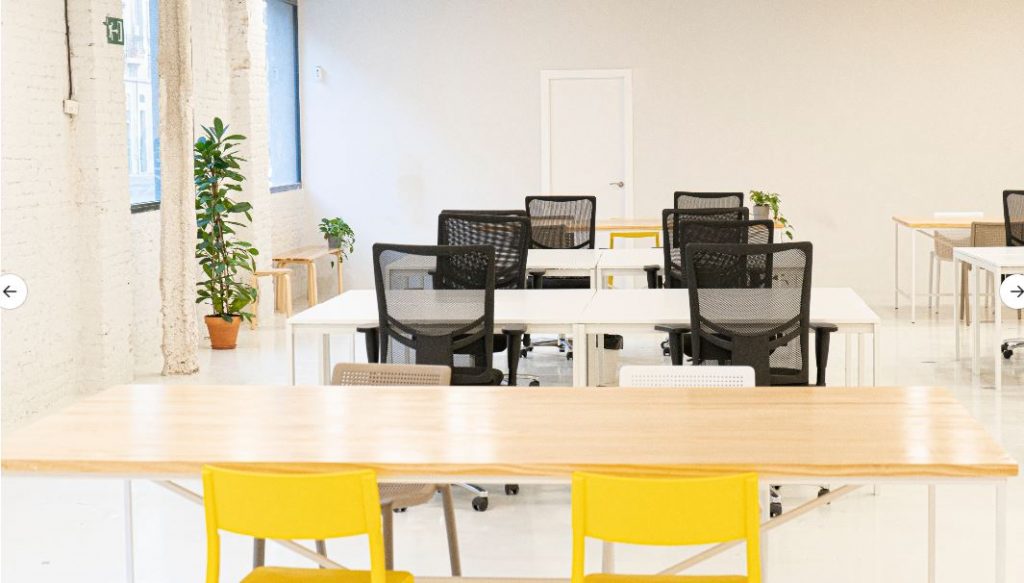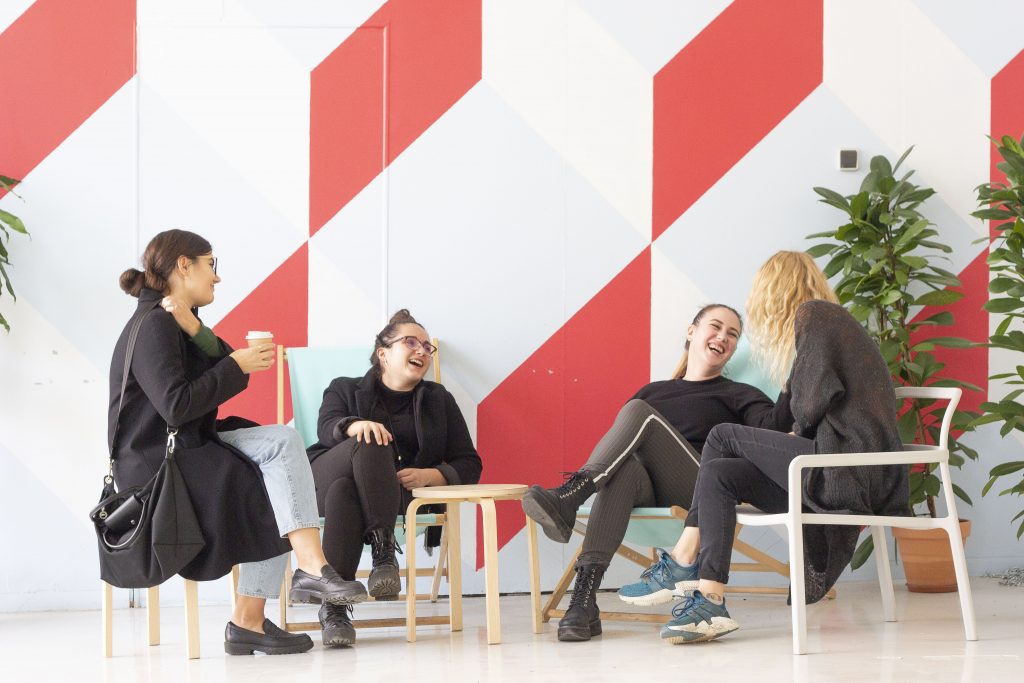Coworking Spaces in Madrid
You might already know how much we care about coworking spaces and all the advantages they offer. At Itnig, we work hard to provide the best space for startups and freelancers to work and grow. We’ve talked a lot about coworking spaces and the Barcelona ecosystem. Now we want to explore a bit about the coworking spaces in Madrid. If you’re looking for a coworking space in Madrid, hopefully, this article will help you find your place!


